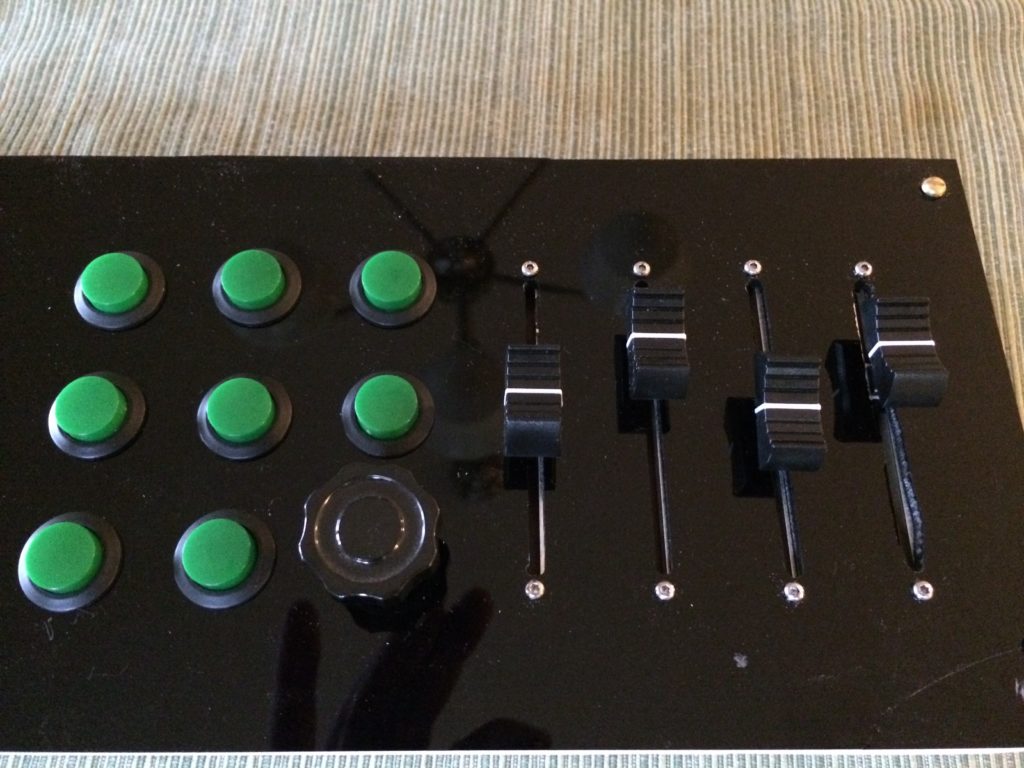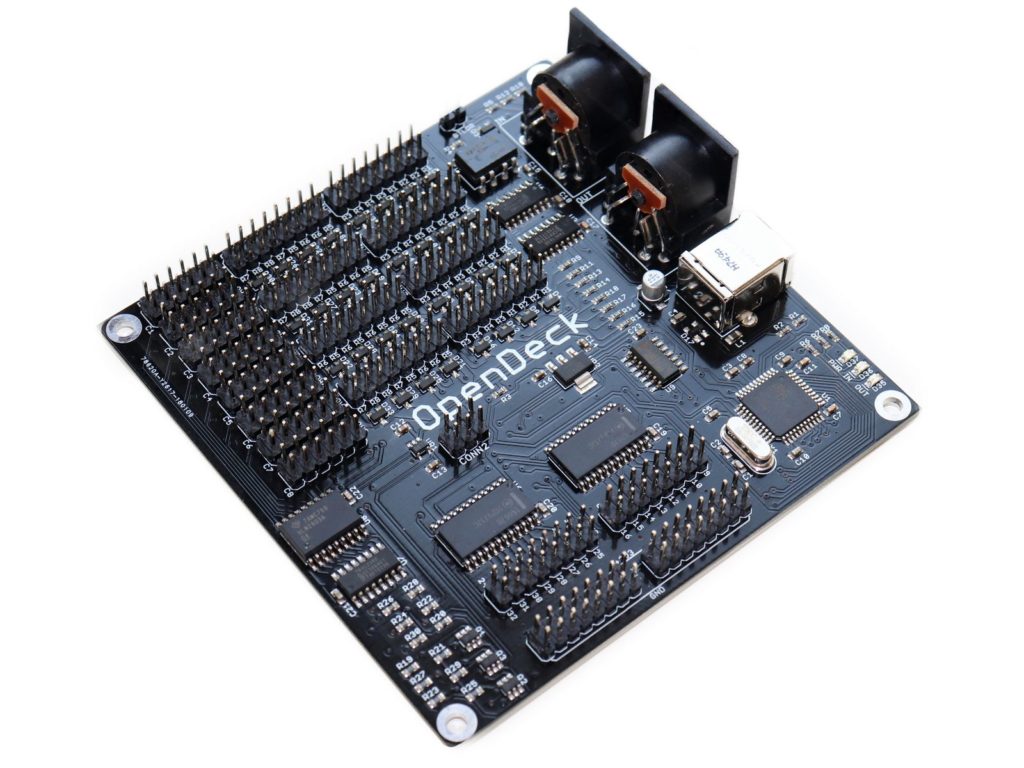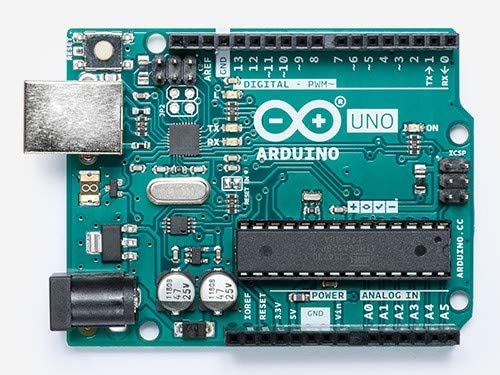Creating nuanced performances of virtual instruments takes more than great keyboard chops, it takes a free left hand that can move faders along with each performance (or after, in a second pass), printing midi controller messages in lanes parallel to the midi notes.
These midi controller messages — including expression, modulation, and breath — give life and realism to virtual instruments that are programmed to accept them.
Considering the importance of the midi controller for assembling convincing virtual instrument-based scores, there is a surprising lack of variety in the market — especially when it comes to simple, straightforward controller design.
Most widely-available midi controllers have either too many features — or two few — sometimes drowning the user in options.
Behringer’s newest offering, the revamped BCR-2000 MIDI controller, doubles as a sequencer.
Meanwhile the Korg Nano is an example of an inexpensive, yet highly effective controller that is popular among composers.  However, composers who have been at it for a number of years begin to fine tune their preferences for midi control. These composers find themselves turning to DIY solutions centered around a programmable processor board such as the Arduino.
However, composers who have been at it for a number of years begin to fine tune their preferences for midi control. These composers find themselves turning to DIY solutions centered around a programmable processor board such as the Arduino.

Common steps to building a DIY midi controller include:
- Sketching out a design on paper
- Selecting a “brain,” or processor board
- Ordering a handful of parts, such as faders, rotary pots, knobs, and wire
- Brushing up on soldering skills
- Building an enclosure out of found materials, wood, or plastic
- Designing or building a panel to mount the controls on
- Assembly and testing
Two of the most popular processor boards (or midi brains) are the Arduino Uno, and the OpenDeck from Shantea Controls.
The low-cost Arduino is great for small controllers with fewer faders and knobs. The Shantea Controls OpenDeck board is for advanced users who want a more expansive controller.
Are you ready to build your own? Fortunately there is a wealth of free information on building custom controllers, with generous creators often providing step-by-step guidance and part links.
In addition to Youtube, online forums such vi-control contain numerous examples from successful midi control projects.


